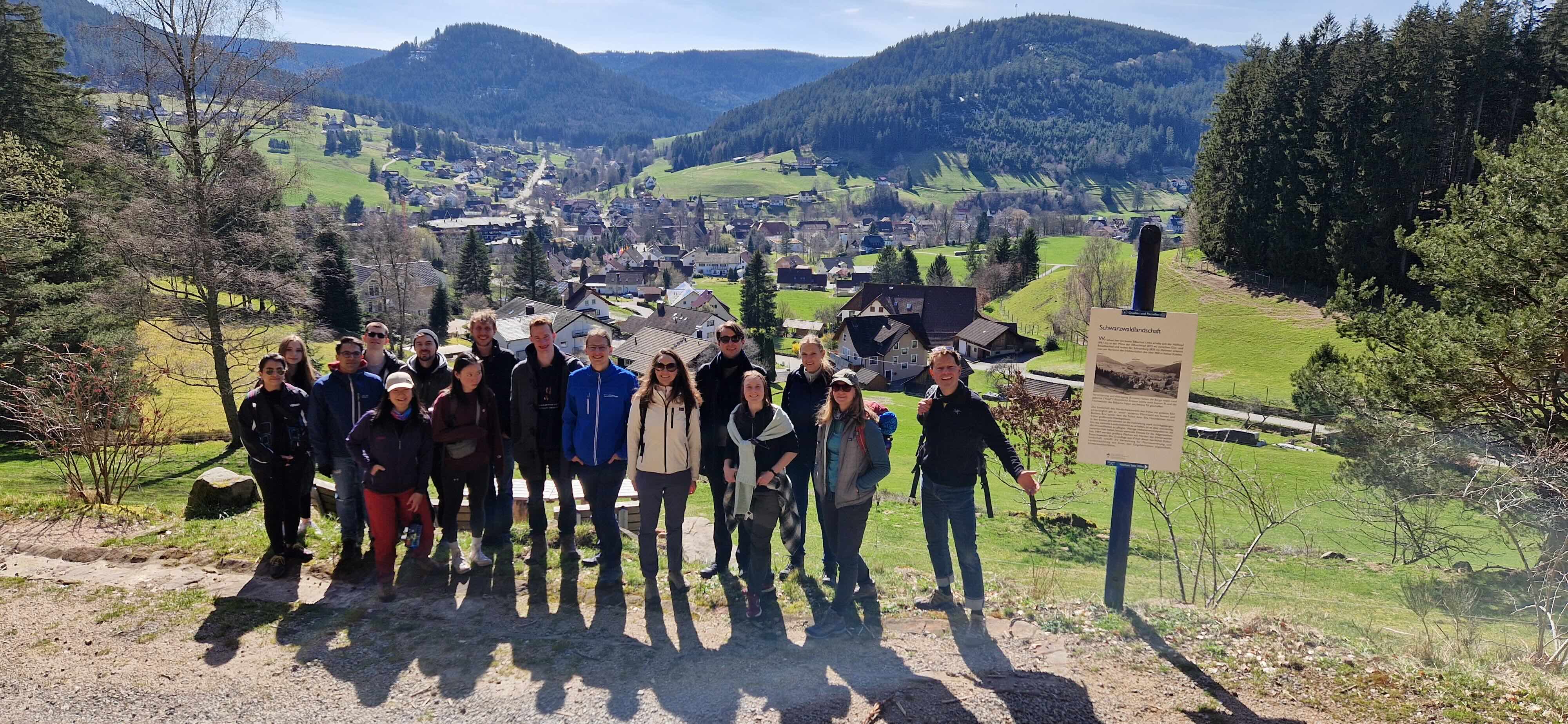Welcome to the Huber group
The Huber group develops statistical and machine learning methods for modern biotechnologies, applies them to biological discovery, and translates them into reusable tools.
Our team studies biological systems by analysing new, cutting-edge data types and novel, large systematic datasets: spatial and single-cell omics, high-throughput drug- and CRISPR-based perturbation assays, quantitative imaging. Projects range from biological discovery-driven to theoretical method development. We study fundamental biological model systems, as well as clinical samples for direct applications in biomedicine and precision oncology. We maintain an extensive network of collaborations. These include the Molecular Medicine Partnership Unit (MMPU), the ERC Synergy project DECODE, the ELLIS Unit Heidelberg and the Bioconductor project.
Our interdisciplinary team comprises researchers from quantitative disciplines – such as physics, mathematics, statistics, computer science – and different fields of biology and medicine. We pursue three main aims:
- Develop and improve new data generating technologies by powering them with the best statistical methods. This includes inference – reasoning with uncertainty, making optimal decisions based on incomplete, noisy or overwhelming data – as well as data exploration and visualization: helping scientists make and discoveries from large, complex datasets that they could not grasp otherwise.
- Make biological discoveries on drug-gene-environment interaction networks and their dynamical and context-dependent outcome in phenotypes. This includes the use of high-throughput perturbation data, single-cell and spatial omics, and imaging.
- Make statistical methods more widely usable, not only for experts, but for the range of natural scientists. This aim is embodied by our engagement in open source, open science and the Bioconductor project.
